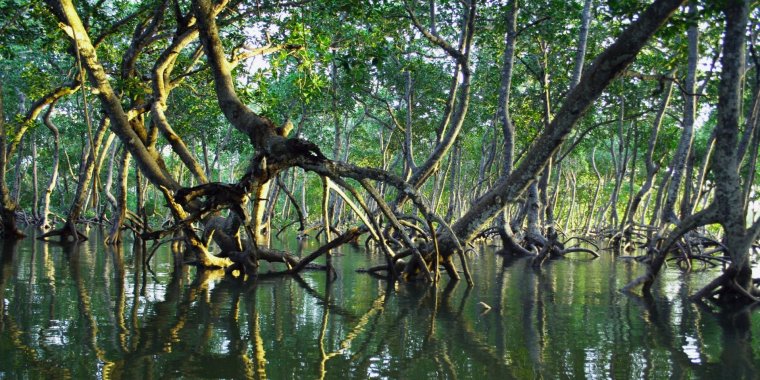| News / World News |
Mangroves thwart carbon absorption in atmosphere
Research shows that restoring mangroves ecosystems could prove instrumental in reducing carbon in the environment, slowing down the pace of global warming.

Mangroves thwart carbon absorption in atmosphere. Photo: Timothy K/Unsplash
Researchers from the State University of Rio de Janeiro (UERJ) completed a study focusing on the city’s mangroves.
The specialists concluded that these areas prevent the release of a total of 25 million tons of carbon into the atmosphere—some BRL 500 million in monetary terms.
Currently, mangroves cover an area of approximately 10 thousand square kilometers throughout Brazil.
They are characteristic formations found in swampy areas along the coastlines and play a crucial role in environmental balance and the sustenance of marine life.
Located at the boundary between land and sea, subjected to tidal cycles that cause water levels to rise and fall, mangroves host lush biodiversity and serve as a natural nursery for a wide number of fish and crustacean species that reproduce and feed there.
Over three quarters of the planet’s mangroves are in danger. They are dwindling faster than global forests in general, which makes not only an ecological but also an economic impact, as the swamps provide food and income for coastal communities worldwide.
Unesco reports that mangrove coverage on the planet has halved in the last 40 years, leading to increased flooding and posing a threat to the natural balance required to combat climate change, as mangrove soil is an efficient carbon sink, extracting substantial amounts of the gas from the atmosphere. (Léo Rodrigues/Agência Brasil)
YOU MAY ALSO LIKE





